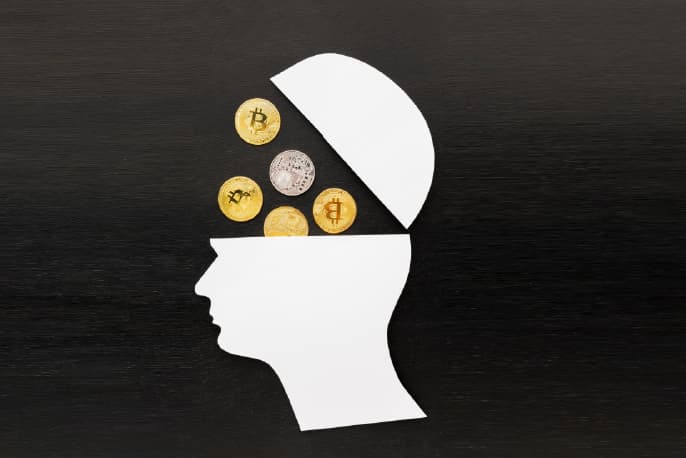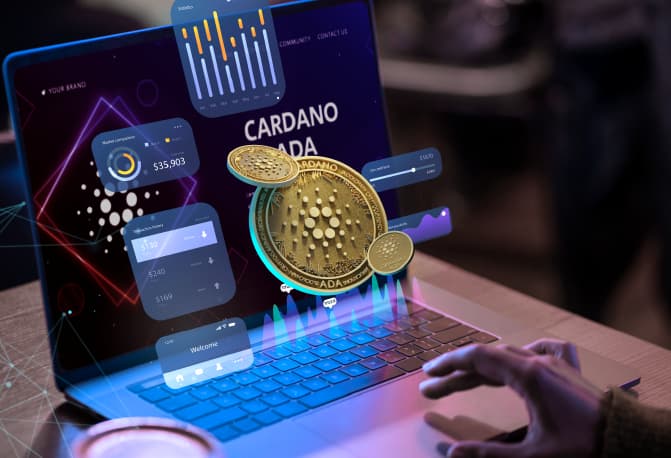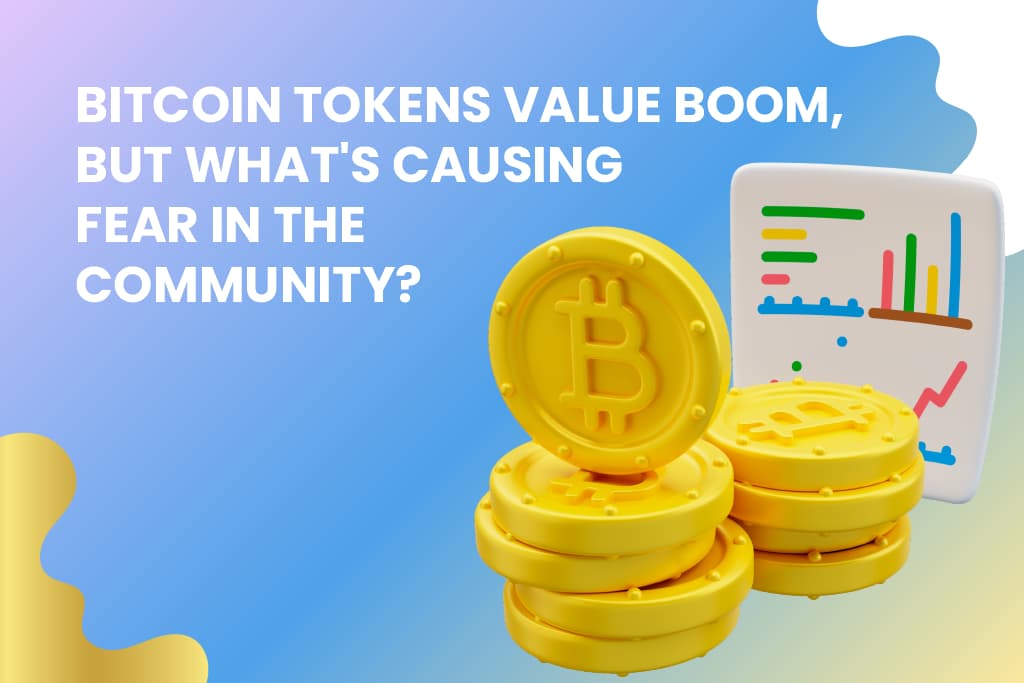The market value of Bitcoin Request for Comment (BRC-20) tokens has experienced a significant increase; however, this trend has also generated concerns in the Bitcoin community.
Since its inception, Bitcoin has been known as a secure and decentralized blockchain without intermediaries. However, with the recent surge in the market value of BRC-20 tokens, which are built with Ordinals and stored on the Bitcoin blockchain, some members of the community are afraid that this could undermine Bitcoin’s reputation and create more risk for investors.
Table Of Contents:
Unraveling the Mystery: What Exactly is Bitcoin Request for Comment (BRC-20)?
BRC-20 tokens are built to facilitate the issue and transfer of fungible tokens on the Bitcoin blockchain. They were created by a pseudonymous on-chain analyst named Domo in March, shortly after the launch of the Ordinals Protocol, which allows users to inscribe digital art references into small transactions on the Bitcoin blockchain.
While the BRC-20 standard sounds similar to Ethereum’s popular ERC-20 standard, there are some differences. BRC-20 lacks the ability to interact with smart contracts, which are essential to many decentralized applications on the Ethereum blockchain. Instead, it allows users to store a script file in Bitcoin and use it to attribute tokens to satoshis and then allow them to be transferred between users.
The rise in the market value of BRC-20 tokens has been remarkable, with a combined market cap of more than 8,800 tokens reaching $137 million, a 682% increase from $17.5 million just a week ago, according to data tracked by Ordinals-builder Ordspace.
However, most active BRC-20 tokens fall into meme coins—cryptocurrencies originating from an internet meme or humorous characteristic. The top three coins minted using the BRC-20 standard are ORDI, OG, and PEPE.
According to Mark Jeffrey from Boolean Fund, the launch of BRC-20 tokens has eliminated the need for crypto exchanges, as the Bitcoin blockchain becomes the exchange itself. “Just a bitcoin wallet. You create, buy, and sell with sats. Bitcoin is now gas,” Jeffrey tweeted in late April 2023, noting the increasing market capitalization of BRC-20 tokens.
The Bitcoin Community's Worst Nightmare Comes True: Tokens Now Possible on the Network
The cryptocurrency world constantly evolves, and Bitcoin has always been the pack’s leader. However, there has always been one aspect of Bitcoin that its community has taken pride in: it wasn’t possible to create new tokens on top of the Bitcoin network.
But that all changed in March 2023, when someone cracked the code and made it possible to create your tickets on top of Bitcoin.
And even that, the ability to create tokens on a blockchain is not a new concept; the Bitcoin community has always been skeptical of this approach, and for good reason. It’s easy to create a token, pump up the price, and then sell it all at the top, effectively running a pump-and-dump scheme.
But there is a silver lining to this development. Creating tokens on top of Bitcoin opens up a world of possibilities for niche use cases. Like on Ethereum, people can now create and launch their projects on the Bitcoin network. This will lead to more use cases, more users, and ultimately faster adoption of Bitcoin’s technology.
The ability to create tokens on Bitcoin incentivizes more people to buy and trade in Bitcoin. The more BTC is purchased and traded, the more valuable Bitcoin becomes over time. This development also brings Bitcoin one step closer to becoming a platform for decentralized applications, similar to Ethereum.
Of course, there is a downside to this development. People can now launch “sh*coins” on the Bitcoin network, just like Ethereum. However, this doesn’t have to be a concern. It probably is if you come across a project that seems too good to be true. As with any investment, it’s important to do your due diligence and research any projects you’re considering investing in.
Conclusion
In conclusion, the rise of BRC-20 tokens on the Bitcoin blockchain has positive and negative implications for the crypto industry. While it could lead to more use cases and adoption of Bitcoin’s technology, it could also create more risks for investors and undermine Bitcoin’s reputation as a secure and decentralized blockchain. The community needs to find a way to balance innovation and security to ensure the long-term sustainability of the Bitcoin network.




























